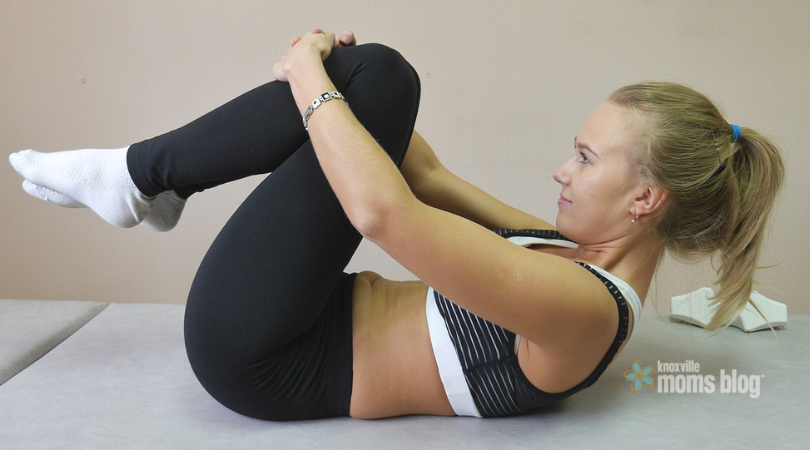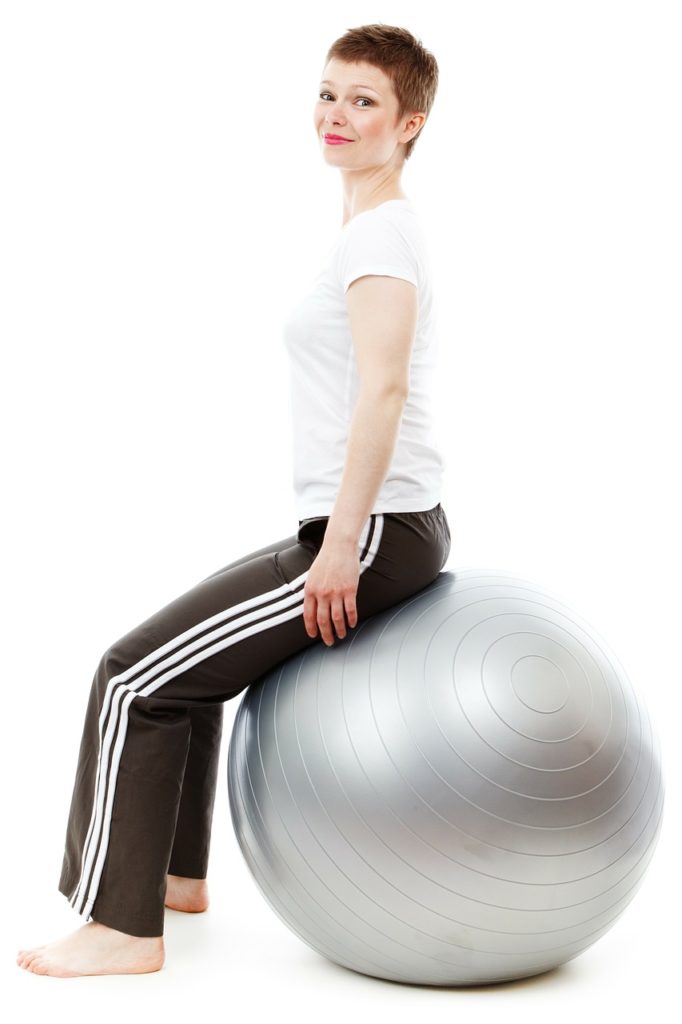If you’re a mom, you’re a member of a special club. Membership comes with plenty of perks: an endless supply of hilarious stories about toddler antics to tell at parties, lightning quick reflexes that come in handy for things like catching puke in your hands, the ability to find all the things for all the people, and, of course, more love than you ever thought your heart could handle. There are tons of inside jokes too, about wine and endless laundry and incompetent partners. But membership comes with a cost. Your body will never be the same. Everything will sag, stretch marks will permanently mar your skin, and there’s a very real chance you will deal with some incontinence, either directly after having your babies or once you reach middle age. We’re told this is the trade-off for joining the club of those who have grown another human; it’s to be expected, typical, normal.
Except it’s not. And it doesn’t have to be.
Pelvic floor physical therapy is a type of therapy that deals with strengthening the muscles supporting the pelvic organs. These muscles act as a type of sling for holding the uterus, bladder and rectum in place and controlling the release of urine and feces. Pelvic floor physical therapy is used to treat a variety of symptoms, such as urinary or fecal incontinence, constipation, or pain during intercourse. In many other developed nations, it is considered routine care for women after having a baby and it isn’t hard to see why. An article published in January/February 2017 in the magazine, Mother Jones, claimed that according to various studies, between 50 and 80 percent of women tear pelvic skin or muscles during childbirth.
Is there any other type of muscle injury that wouldn’t immediately warrant a referral to a physical therapist? But information regarding this type of postpartum service is seriously lacking from American gynecological care. A study published in the Journal of Reproductive Medicine found that over half of obstetrical providers never discussed potential urinary or fecal incontinence as part of their prenatal services. I have had three children, all delivered by different providers, and was only asked about symptoms of pelvic floor dysfunction at one of my six week postpartum checkups. I had spoken with my sister and several friends who had been to see physical therapists after childbirth and was interested in how it could help with my symptoms of urinary incontinence. I didn’t have any serious issues, like pelvic organ prolapse, but the stress incontinence that our culture claims is just part of becoming a mom had worsened after my third baby. It was happening more frequently, with less exertion and in greater volume. I received a referral for twelve sessions with a physical therapist, which was covered by my insurance.
Now, after completing nine sessions, my only regret is that I didn’t seek out this type of care following the birth of my first two babies. The initial session felt a bit like going to the gynecologist for a pelvic exam. After showing me to a private room and discussing the anatomy of the pelvic floor a bit, the physical therapist asked if I felt comfortable having her perform an internal exam as I practiced a few Kegel exercises. This would help her determine how my pelvic floor muscles were working and what needed strengthening. She assured me that we could still proceed without one but let me know that an internal exam was the most accurate way for her to assess my muscles. After three babies, I’m not too squeamish about these types of things so I didn’t mind the exam. Some PTs reportedly use biofeedback tools inserted in the vagina during exercises to monitor progress but that hasn’t been the case during my therapy. The rest of my sessions have felt more like going to the gym and working with my own personal trainer. I’m practicing the standard Kegel exercises but also doing things to strengthen muscles in my abdominal core and relieve stress on my lower back. I have used weights, exercise bands and balls to do squats, lunges, and leg lifts.
It has been a little difficult to find time in my stay at home mom schedule to go to appointments. But the physical therapist I see is completely fine with me bringing my kids if need be and has been great at working around me needing to hold my infant during the majority of my exercises. I’ve worn her during squats and nursed her during leg lifts! I began seeing a difference in my symptoms after only a couple weeks.
Finding out my body isn’t permanently damaged and realizing I don’t have to live with the inconvenience of stress incontinence has been a relief. But taking time to prioritize my own well-being and healing has done just as much, if not more, for my postpartum mental health. My body has done amazing things in creating my three, perfect, tiny humans and deserves to receive adequate attention and care after the physical trauma of childbirth.






















My sister just gave birth last month I’ve been convincing her to have postpartum physical therapy, but she’s quite hesitant to do it because she’s unfamiliar with its service. Thank you for elaborating the benefits further, I never knew that pelvic floor physical therapy is used to treat a variety of symptoms, such as urinary problems. I hope she’ll find the perfect therapist that could help her throughout the process.
I love your article! I totally agree – I did not realize until 8 months after I had my baby and I was still up every hour of the night to pee and going to the bathroom every hour of the day and urgently had to go every time I put the key in the door, that I had some form of urinary incontinence. I now work as a Pelvic Floor Strengthening Occupational Therapist in my own private practice in Knoxville and am so happy to see this education being spread to moms, that there is an answer to these issues that most people think just have to be dealt with. Thank you for your article!!